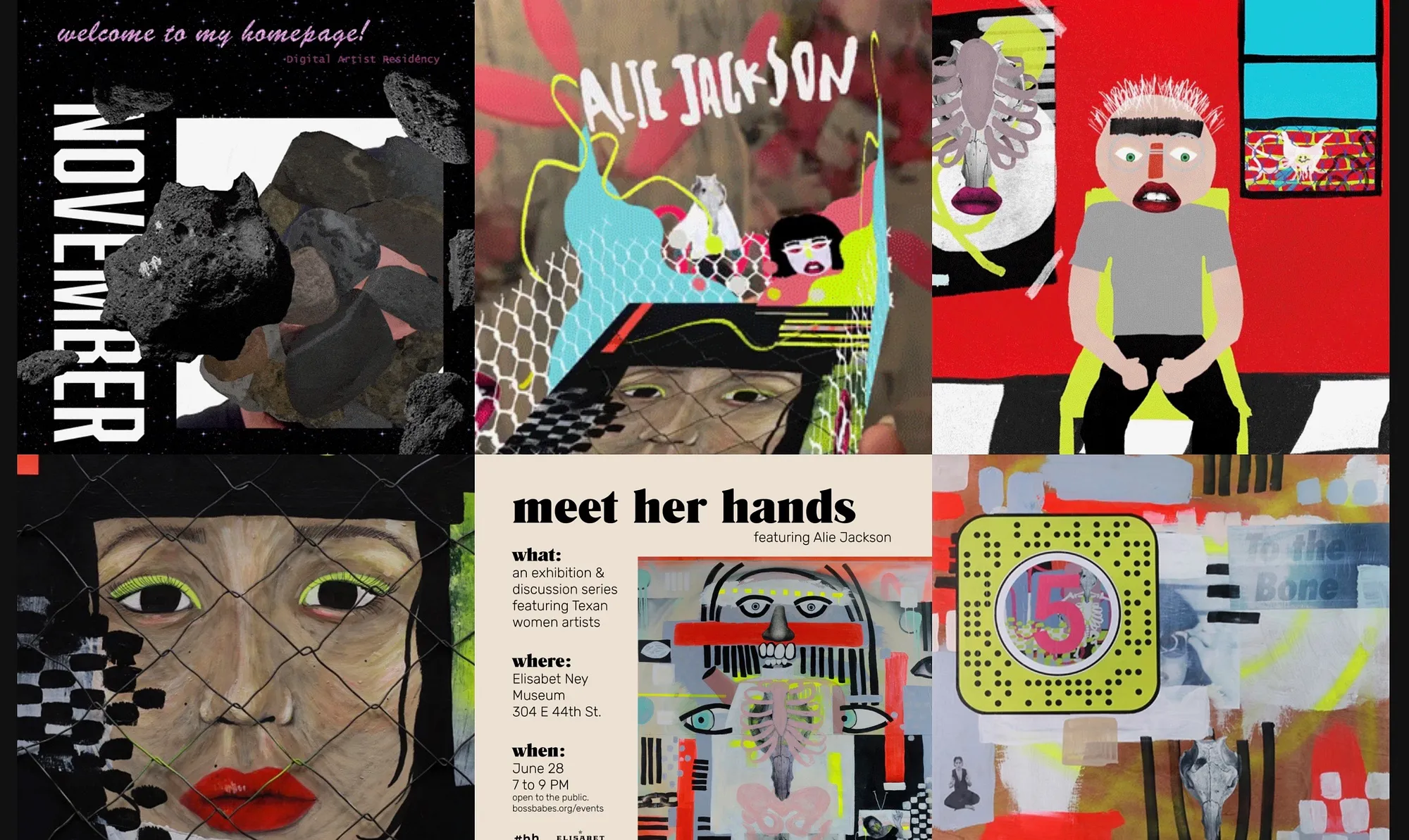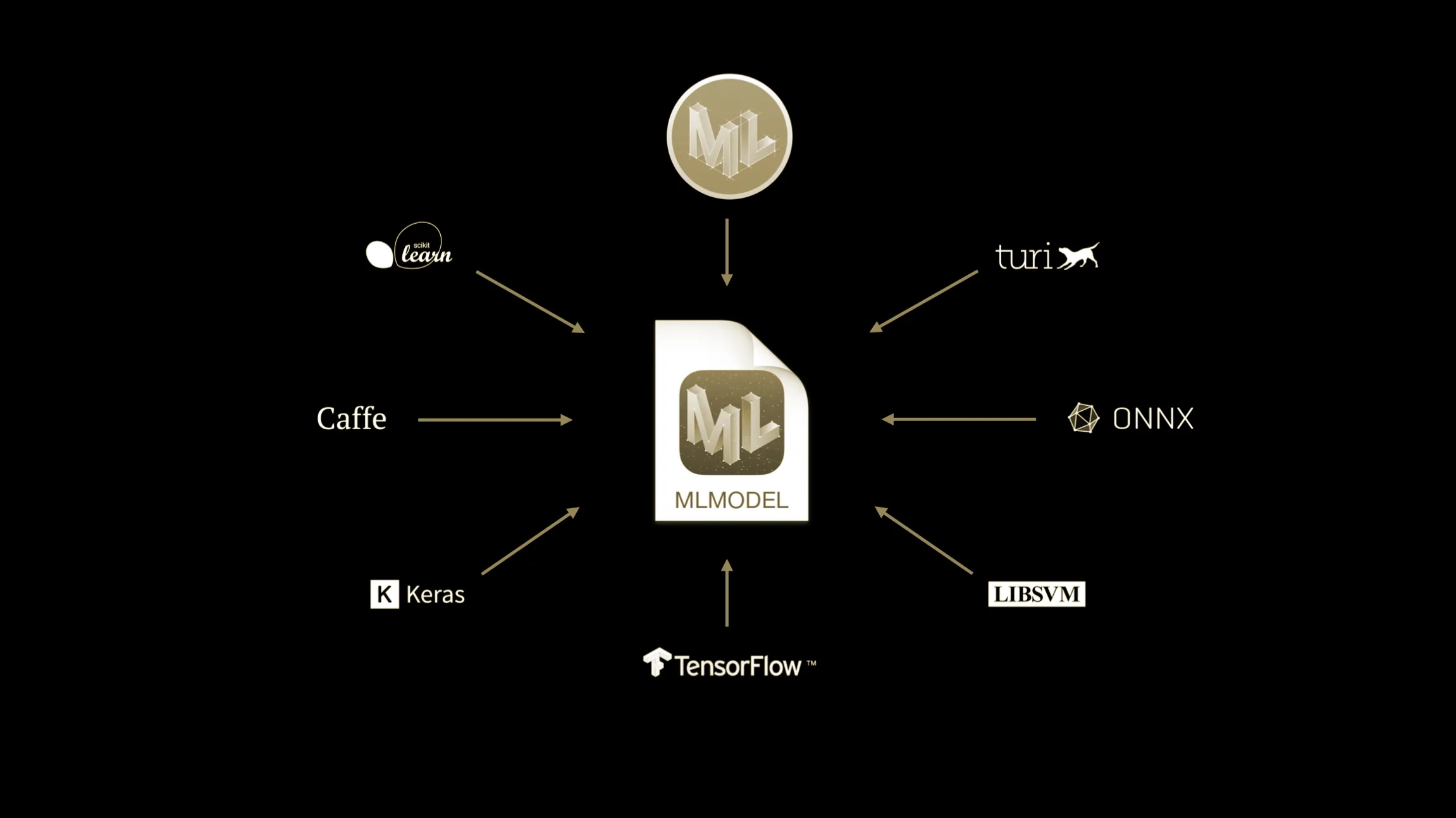Sentiment analysis refers to the use of natural language processing, text analysis, computational linguistics, and other techniques to identify and quantify the sentiment (i.e. positive, neutral, or negative) of text or audio data.
Because it’s really hard for a model to learn language when only provided with a single value — the sentiment — FastAI lets you first train a language model — a model that predicts the next word — and then use that encoder for the model that actually classifies the sentiment.









